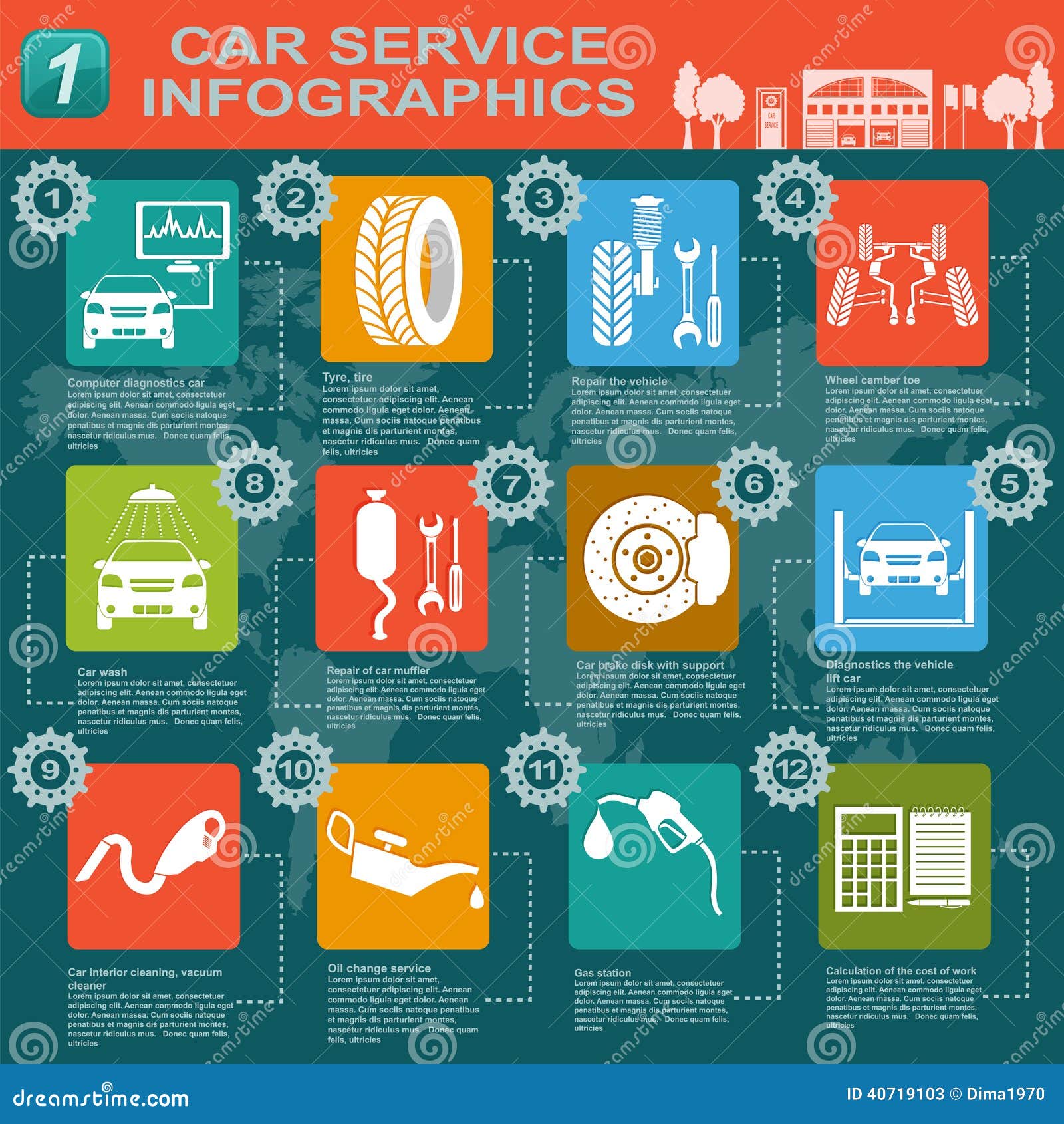Comprehending The Significance Behind Your Vehicle'S Caution Lighting: A Comprehensive Appearance
Comprehending The Significance Behind Your Vehicle'S Caution Lighting: A Comprehensive Appearance
Blog Article
Material Author-Lauritsen Gilbert
When you're behind the wheel, those glowing caution lights on your control panel can be a bit perplexing. Do you understand what they're trying to inform you concerning your vehicle's wellness? Understanding read this of these lights is vital for your safety and security and the durability of your car. So, relevant site following time one of those lights pops up, wouldn't you want to understand its message precisely and take the needed steps to address it?
Common Warning Lighting and Interpretations
Recognize common caution lights in your vehicle and recognize their meanings to guarantee risk-free driving.
The most typical caution lights include the check engine light, which indicates problems with the engine or emissions system. If this light comes on, it's important to have your vehicle inspected promptly.
The oil stress advising light indicates reduced oil pressure, needing immediate focus to prevent engine damages.
A blinking battery light could suggest a damaged charging system, possibly leaving you stranded otherwise addressed.
The tire pressure surveillance system (TPMS) light alerts you to reduced tire pressure, affecting lorry stability and gas efficiency. Disregarding this could lead to dangerous driving conditions.
The abdominal light indicates a trouble with the anti-lock stopping system, compromising your capacity to stop rapidly in emergency situations.
Finally, the coolant temperature warning light warns of engine overheating, which can lead to serious damages if not fixed promptly.
Comprehending these typical caution lights will aid you attend to problems quickly and keep secure driving conditions.
Significance of Prompt Interest
Recognizing the common warning lights in your cars and truck is only the initial step; the value of quickly addressing these warnings can't be stressed sufficient to guarantee your safety when driving.
When a caution light brightens on your dashboard, it's your auto's means of interacting a possible concern that needs focus. Ignoring these warnings can lead to a lot more serious troubles down the road, endangering your security and potentially costing you much more in repairs.
Trigger interest to alerting lights can prevent breakdowns and crashes. For instance, a flashing check engine light could indicate a misfire that, if left neglected, can create damage to the catalytic converter. Resolving this quickly can conserve you from an expensive fixing.
In a similar way, a brake system alerting light could signify reduced brake fluid or worn brake pads, essential elements for your safety when driving.
Do It Yourself Troubleshooting Tips
If you notice a caution light on your control panel, there are a few do it yourself troubleshooting suggestions you can attempt before seeking expert help.
The very first step is to consult your vehicle's handbook to recognize what the details caution light suggests. Sometimes the issue can be as basic as a loosened gas cap setting off the check engine light. Tightening the gas cap might settle the problem.
An additional usual problem is a low battery, which can activate different warning lights. Examining the battery links for rust and guaranteeing they're protected could repair the issue.
If a warning light lingers, you can try resetting it by detaching the vehicle's battery for a couple of minutes and then reconnecting it. Additionally, examining your vehicle's liquid levels, such as oil, coolant, and brake fluid, can assist repair alerting lights related to these systems.
Conclusion
Finally, understanding your car's warning lights is vital for maintaining your lorry running efficiently and securely. By promptly resolving these signals and knowing what they suggest, you can stay clear of expensive repairs and potential break downs.
Remember to consult your vehicle's manual for particular information on each advising light and take action as necessary to guarantee a hassle-free driving experience.
Stay informed, stay safe when traveling!
